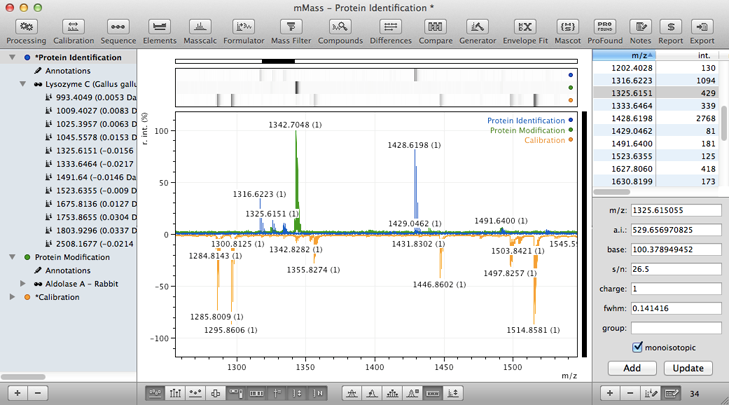
|
|
|
Hands-on
In order to facilitate the organization, we kindly ask you to pre-register to the hands-on you wish to attend using the following link: https://evento.renater.fr/survey/hands-on-labastromol...-ksoqud75
Hands-on 1 : Line Radiative Transfer (Thursday February 9th) Proposed by : Alexandre Faure The objective is to familiarize and prepare students with line radiative transfer calculations using the public (fortran) code RADEX. The effects of density, kinetic temperature and optical thickness on rotational transitions will be explored in simple cases with CO and CS as benchmark molecular targets. A fortran compiler and a graphing tool such as gnuplot will be necessary. Please find here the Instructions to follow the hands-on. Hands-on 2 : Detecting Astronomical Molecules from the Laboratory to Space (Wednesday February 8th) Proposed by : Laurent Margulès and Roman Motiyenko The goal of this practical training is to familiarize students with the basics in spectral assignment and fitting of observed rotational spectra to a Hamiltonian model. As a case study, rotational spectrum of an asymmetric top molecule in the ground vibrational state will be analyzed. The ultimate goal is to prepare a catalog of spectral predictions suitable for astrophysical observations. Hands-on 3: Analysis of a Murchison Meteorite Sample with Mass Spectrometry Tools (Wednesday February 8th)
Proposed by : Sandra Wiersma and Alexandre Marciniak The aim of this practical work session is to appreciate the molecular richness in astrochemistry which can be accessed by using Mass Spectrometry (MS) tools to analyze different samples of astrophysical interest (meteorite, fullerenes, soot, etc..). The session will be organized around:
The two last points will be the core of the hands on with specific analysis of the Murchison sample and others if time allows. Fig. 1: mMass GUI interface
Hands-on 4: Time-dependent gas-phase chemical model (Thursday February 9th) Proposed by : Astrid Bergeat, Alexandre Faure & Inga Kamp The objective is to discover and familiarize students with time-dependent gas-phase chemical model using the public code NAUTILUS [1] (fortran and python). The effects of time scale, initial physical and chemical parameters will be illustrated in simple cases of dense molecular clouds. Then the students will have the opportunity to play with the chemical network and more precisely with the bimolecular gas phase reactions (initial chemical abundances, introduction or elimination of reactions, temperature dependence of rate coefficients...) to see the effect on the simulated abundances. https://kida.astrochem-tools.org/codes.html Version pnautilus-1.2: https://forge.oasu.u-bordeaux.fr/LAB/astrochem-tools/pnautilus/-/tags
|


